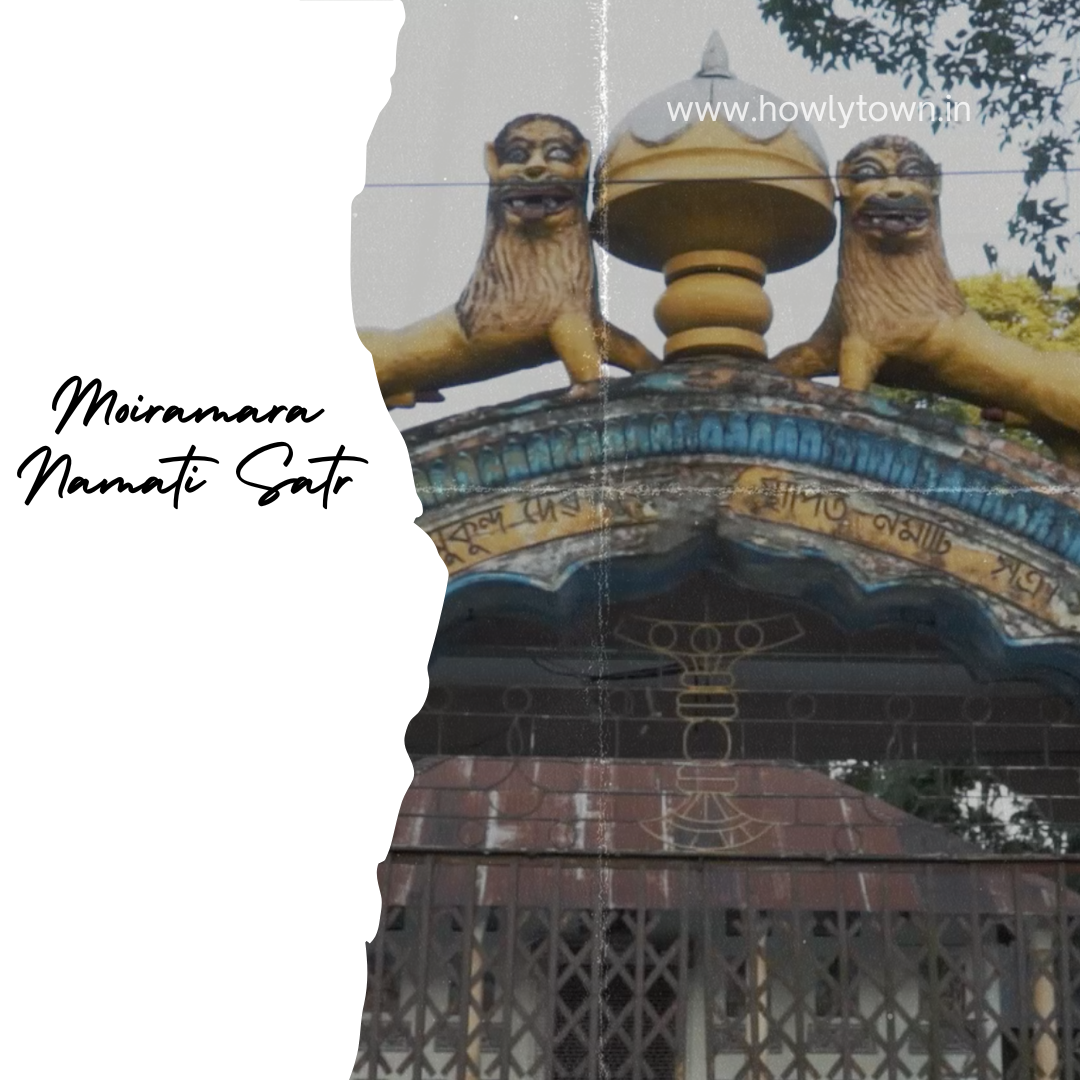.png?ts=1761969232)
howlytown.in
Notable Events in the History of Moiramara Namati Satra
Explore the rich legacy of Moiramara Namati Satra, established in 1679 and rooted in Assamese Vaishnavite culture. Learn about its founders, festivals, architecture, and treasured artifacts.
Notable Events in the History of Moiramara Namati Satra
➡ 1679 AD – Establishment of the Namati Satra: Mukundadev, the grandson of Bhattadev's elder brother (Bhattadev being the father of Assamese prose literature), founded the Namati Satra by clearing a forested area north of Golia village in Bhawanipur. He had initially established a satra at a place called Keotkuchi after arriving from Patbausi. For the purpose of religious propagation, he left his younger wife at Keotkuchi and moved to Namati with his elder wife to establish the new satra.
➡ 1897 AD – Earthquake and Relocation: Following the devastating earthquake of 1897, the original Namati Satra was damaged. It was then relocated to Moiramara village near Howly. After relocation, the institution came to be known as Moiramara Namati Satra.
➡ Early 20th Century – Lineage of Satradhikars: Trailokyanath Goswami served as the Satradhikar (head monk) after the satra's reestablishment. His descendants continue to run the satra.
➡ Till Present Day – Festivals and Traditions: The satra celebrates festivals associated with Damodardev, Mukundadev, Bhattadev, and Jagannath with great devotion. It maintains a complete Satra-based spiritual atmosphere and follows the Damodariya style of satra architecture.
➡ Architectural Style – The satra does not have verandas on the north and south sides, following the Damodariya tradition. Entry is open to all regardless of gender or caste.
➡ Antiquity of Deities – The Chaturbhuja (four-armed) idol in the satra’s Monikut (sanctum) is over 200 years old. It is believed to be sculpted from terracotta by a skilled artisan from Bhawanipur.
➡ Daily Rituals – Regular bathing and worship of the Chaturbhuja and Shalagram deities are carried out in the Monikut Griha.
➡ Preserved Artifacts – The satra houses several historical items such as an old iron staff, manuscripts written on sanchi leaves, a stone used by Bhattadev, large brass vessels, and ornaments made of gold and silver.
➡ Name Origins – Moiramara – Several legends surround the origin of the name "Moiramara":
Some believe it derives from the extermination of birds (mora sorai) that destroyed crops.
Others believe a king once hunted birds in the region, giving rise to the name over time.
